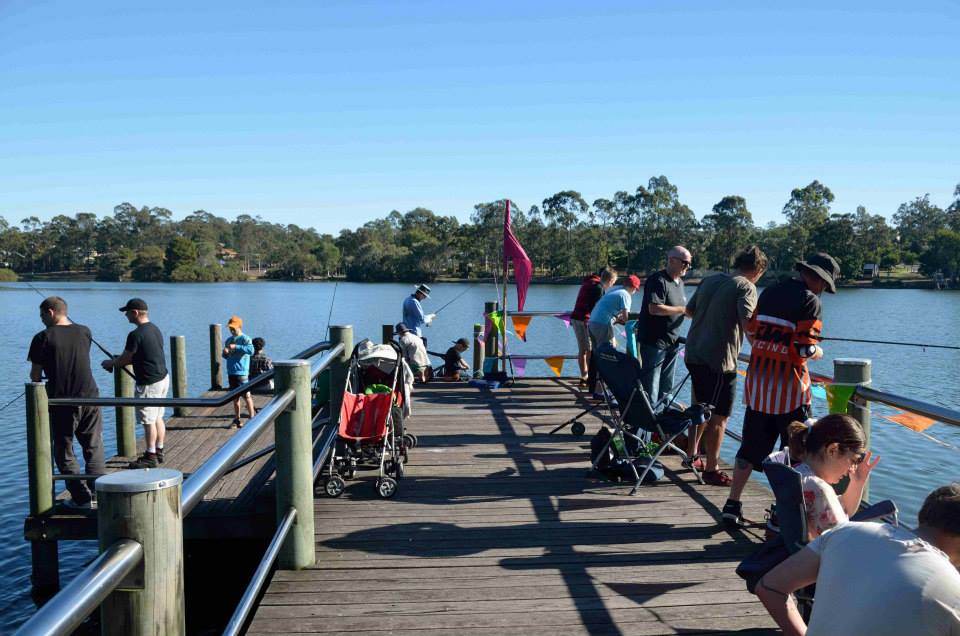![]() Original story at ABC News
Original story at ABC News
The CSIRO has told a world aquaculture conference in Adelaide the industry already is facing challenges from climate change.
The fast-growing industry generates more than $1 billion annually for the Australian economy and CSIRO research scientist Alistair Hobday says aquaculture operators have been making a strong impression in the international marketplace.
“I think aquaculture operators in Australia are very sophisticated, they grow high-value products that go to international markets as well as our domestic markets and I think they’re well set up for coping with these changes,” he said.
But Dr Hobday says aquaculture operators will need to find ways to adapt to rising temperatures.
“We’ve seen cases around Australia where warming waters that have been unusually warm have led to declines in salmon production, have led to declining oxygen in tuna pens,” he said.
The CSIRO says temperatures have risen by one degree Celsius in the past century in Australia, but by more than two degrees in the south-east and south-west of the nation. Continue reading »






